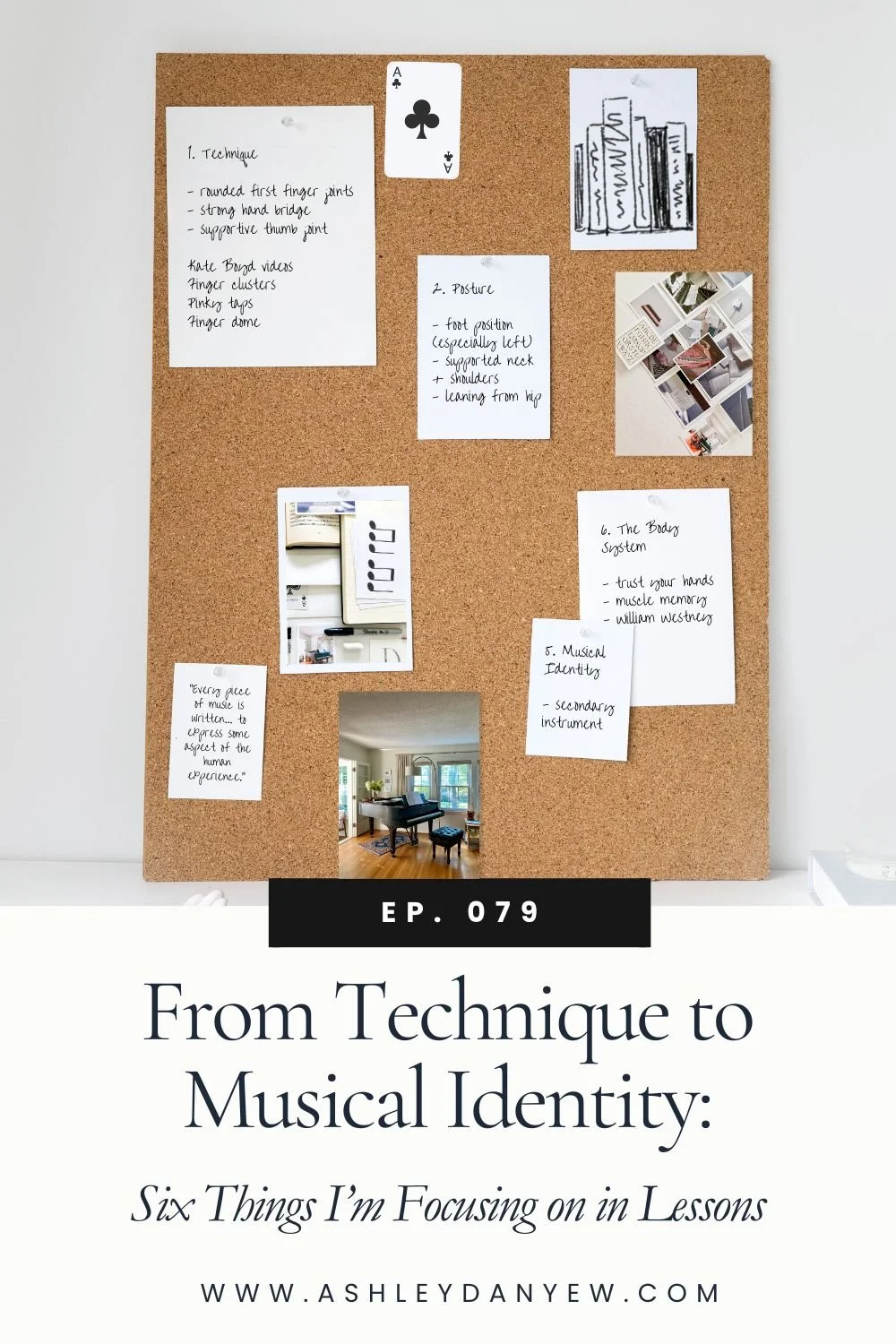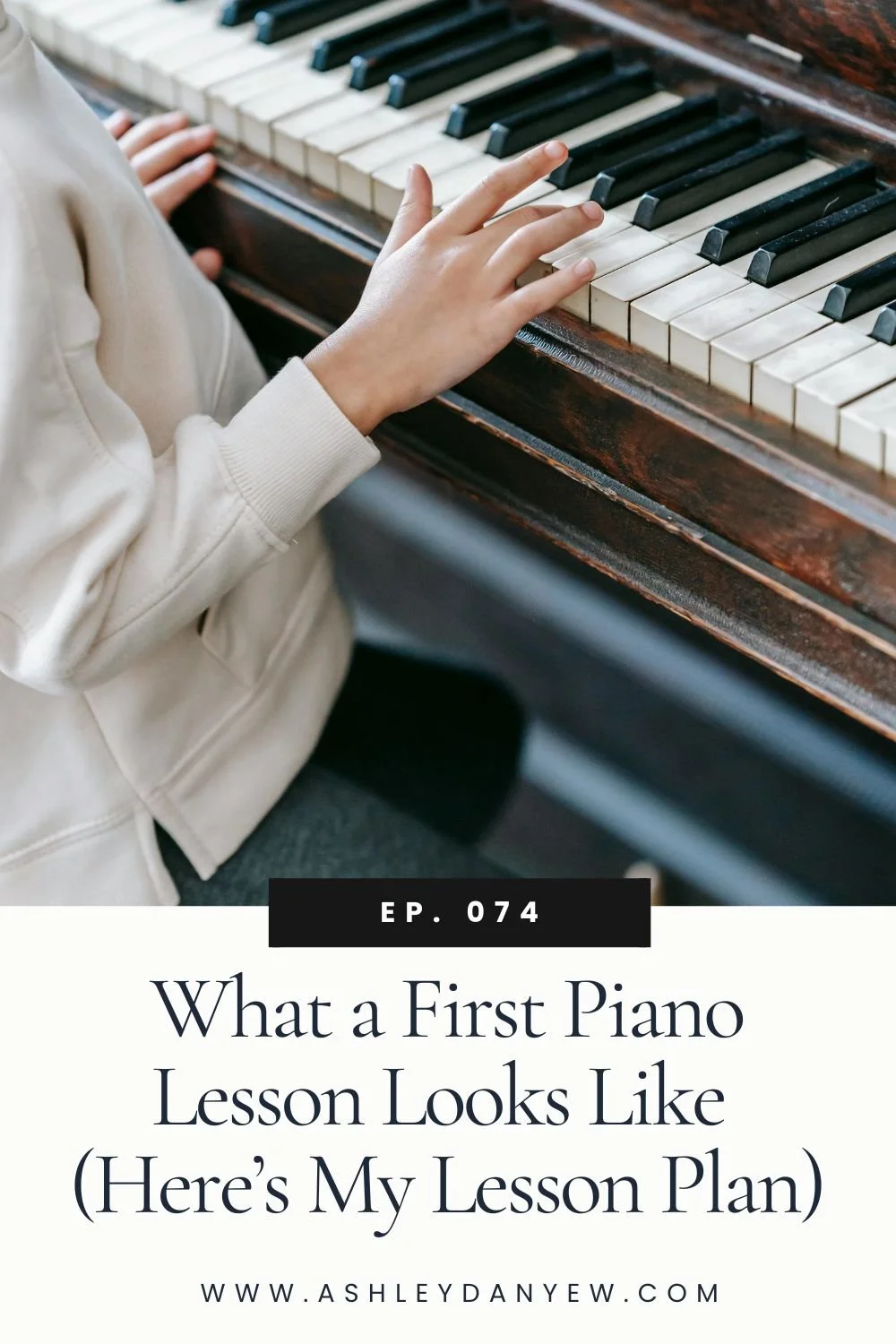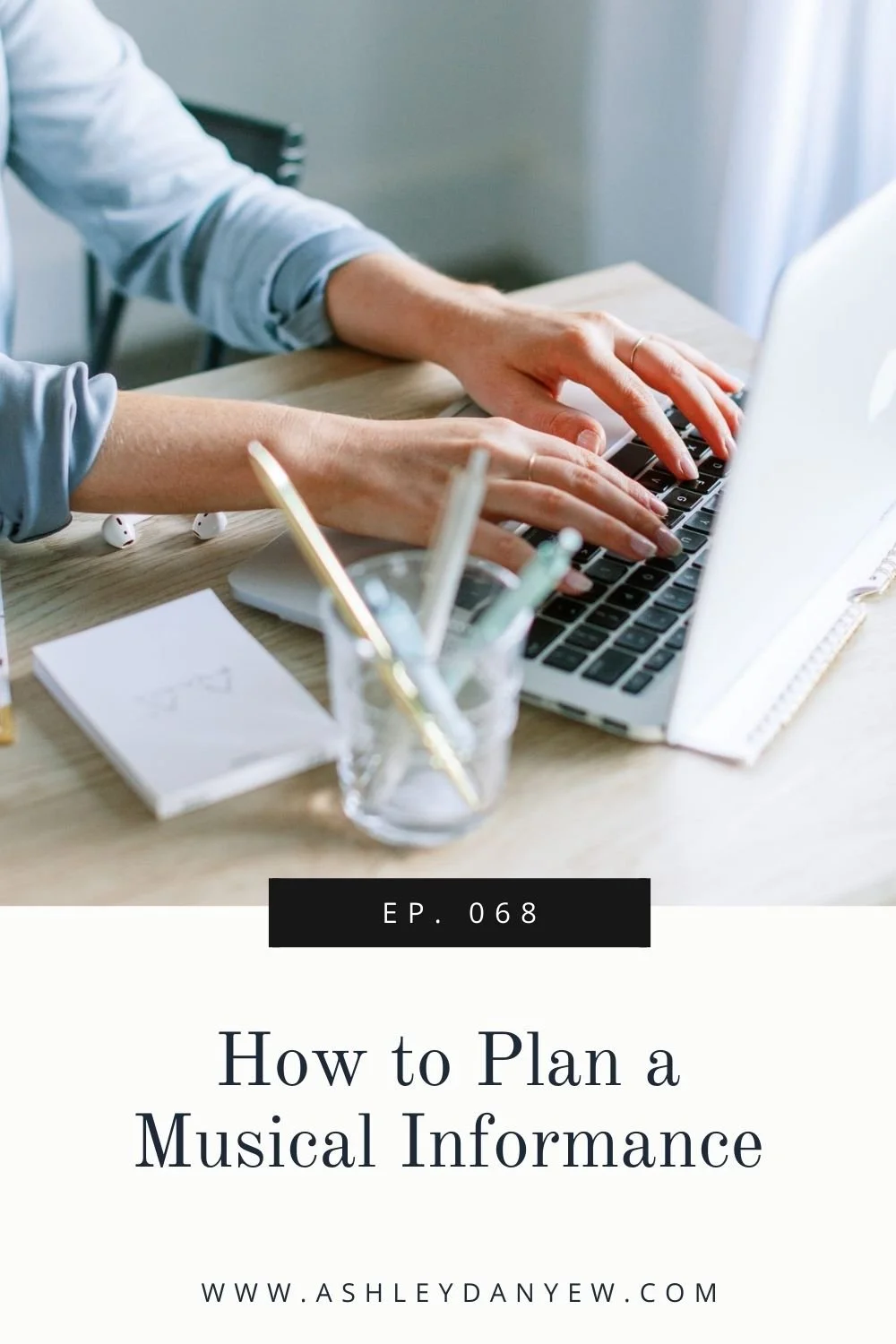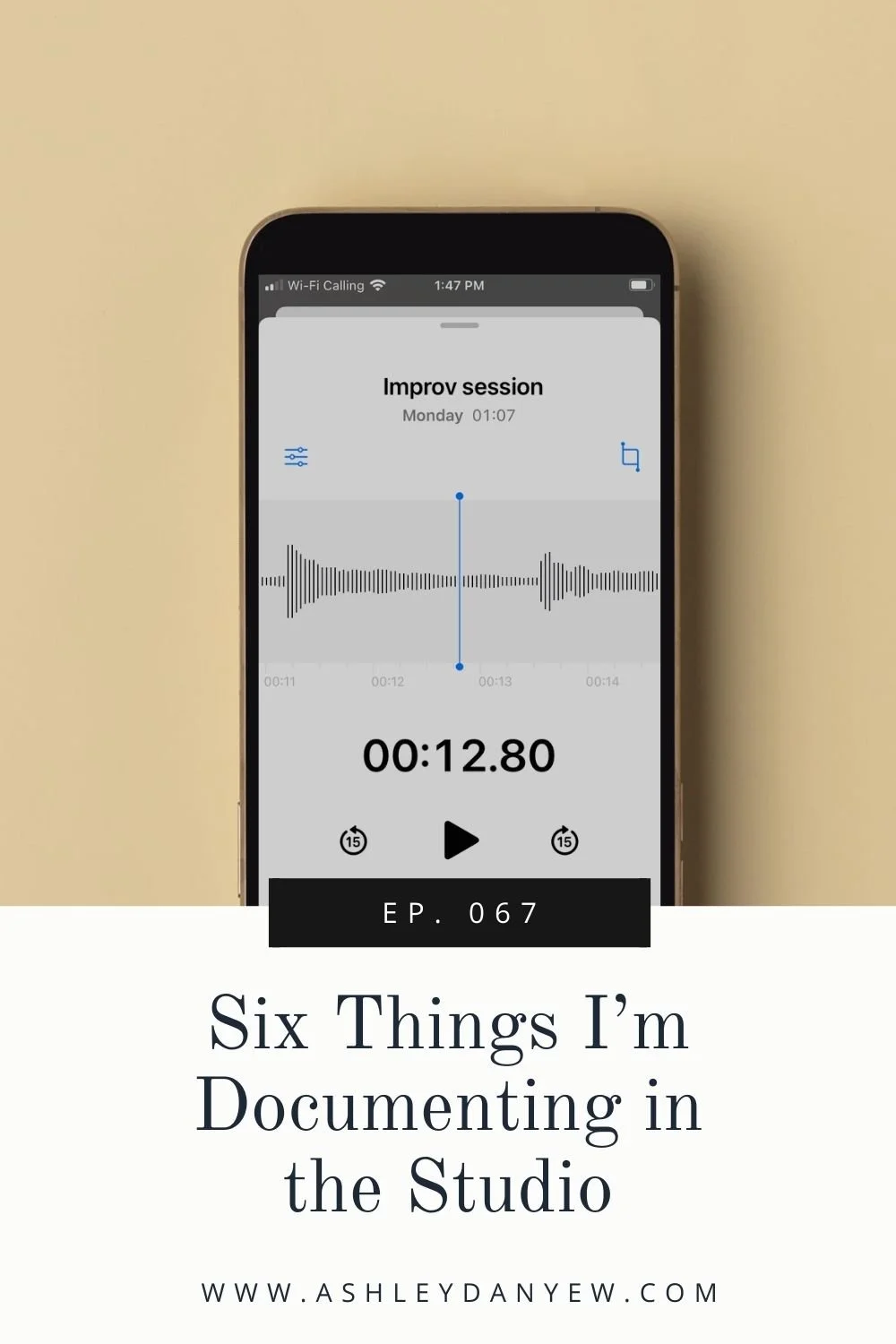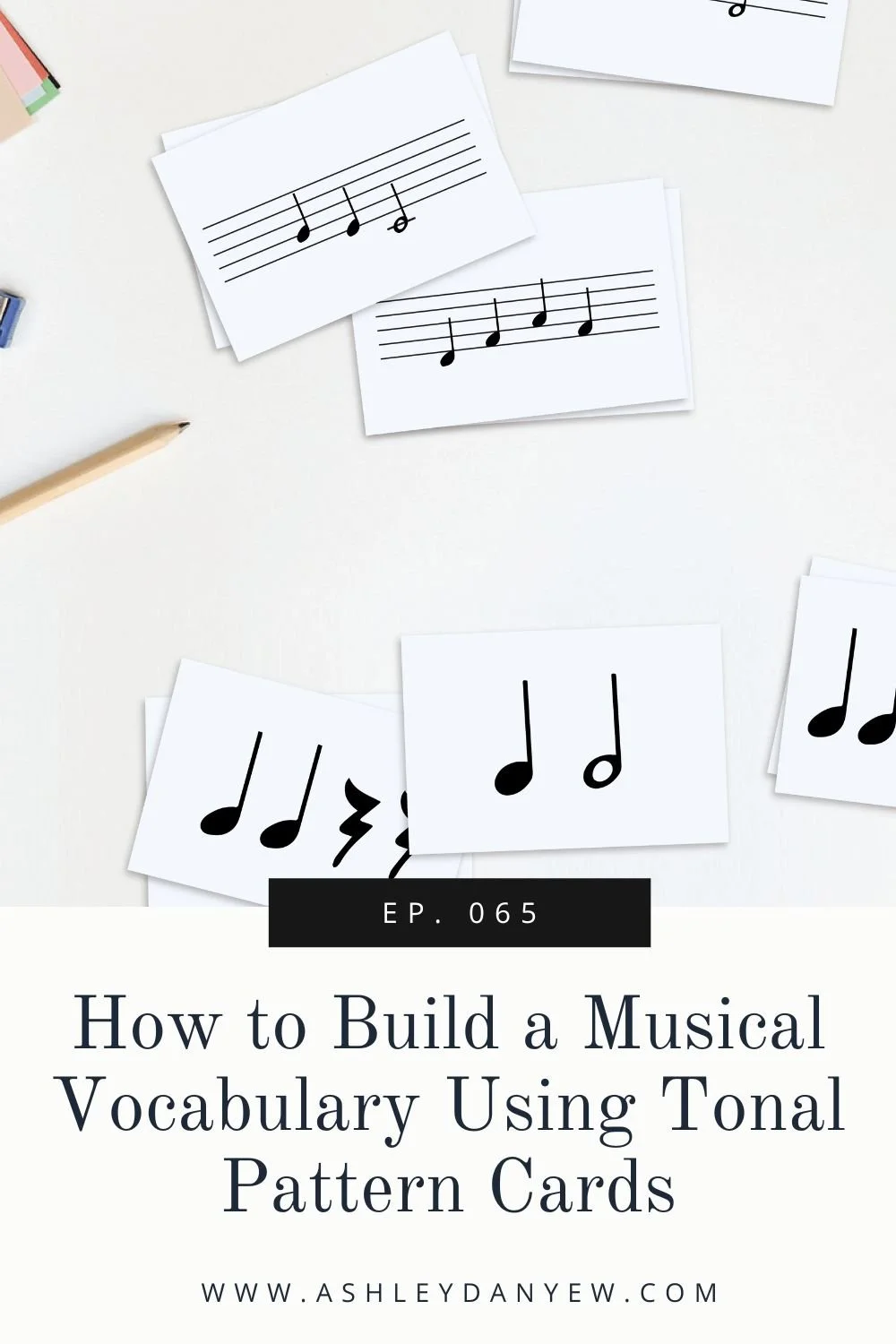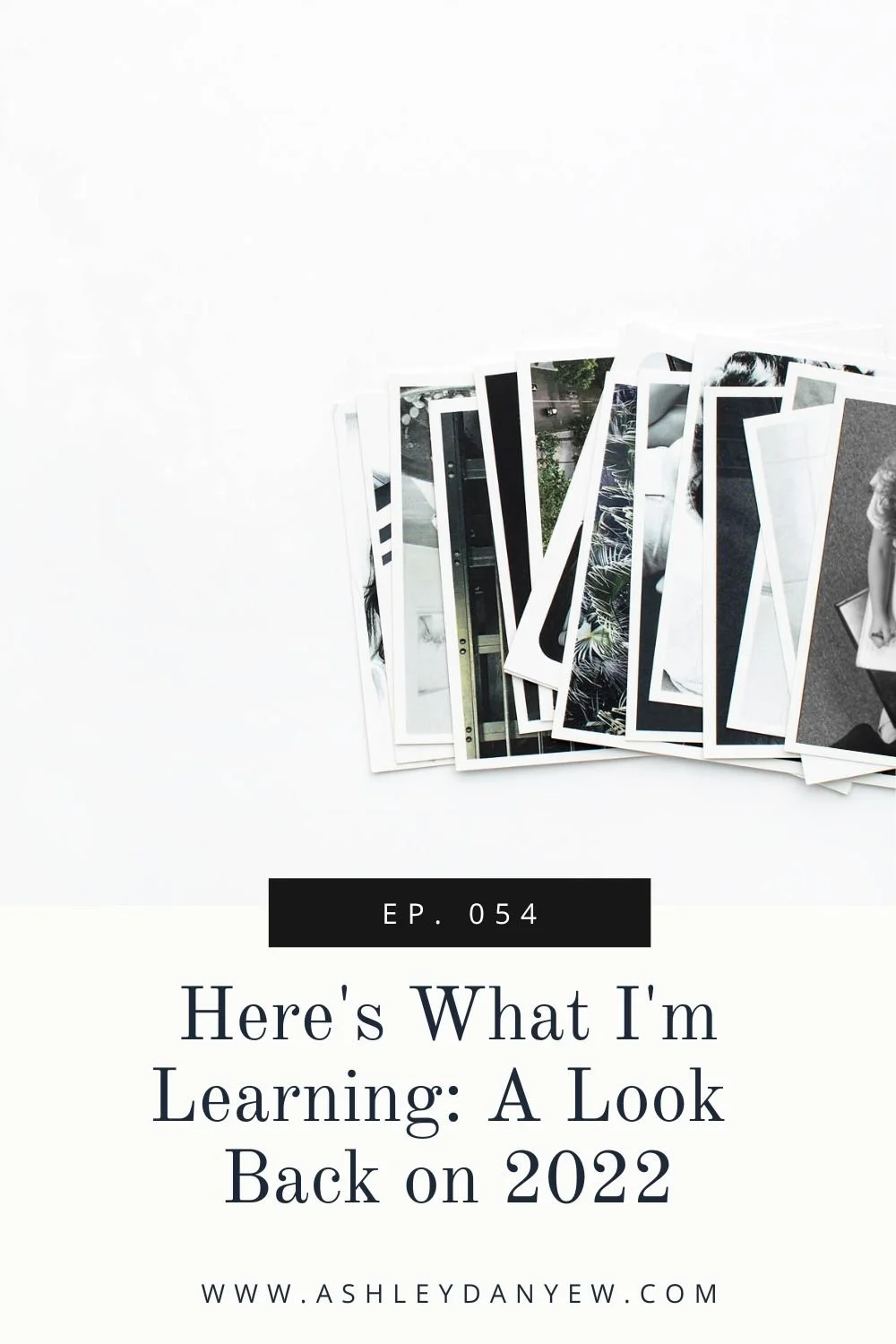Resources Mentioned
*Disclosure: some of the links in this episode are affiliate links, which means if you decide to purchase through any of them, I will earn a small commission. This helps support the podcast and allows me to continue creating free content. Thank you for your support!
Mendelssohn's Songs Without Words
“Stella the Steinway’s 100th Birthday” (Piano Magazine)
Debussy’s Deux Arabesques
Bach’s French Suite VI in E Major
Debussy: A Painter in Sound (Stephen Walsh)
Movement That Fits: Dalcroze Eurhythmics and the Suzuki Method (Joy Yelin)
Move It!: Expressive Movements with Classical Music for All Ages (John Feierabend)
Piano Pantry Podcast, Ep. 104 - Streamline Your Group Classes
Inspired Piano Teaching (Marvin Blickenstaff)
I don’t know about you, but this summer is going by very quickly. I know some of you may be going back to school this week or preparing to go back in a few weeks; here in New York, we still have a little summer left, as we don’t start back until after Labor Day.
But regardless, it’s quick.
To give you a little context, I still teach over the summer, but my schedule drops to about 50%, or so. Most of my students have at least 3-4 lessons, some do every other week in the summer, and some do most weeks, just planning around vacations.
This gives me additional time to devote to my online business, my websites, ashleydanyew.com and musicianandcompany.com—serving other music teachers, church musicians, and self-employed musicians, updating and developing resources, launching courses, and creating content—but it also means time to work on a few professional development projects.
At the beginning of the summer, I made a list of 5 things I wanted to work on outside of teaching. In this episode, I’ll share what was on that list, how it’s going so far, and what I’m spending time on this month.
5 Summer Professional Development Projects I’m Working on as a Piano Teacher
1. Repertoire Projects
The first thing on my professional development list was choosing repertoire to learn and play for my own creative fulfillment, learning, and enjoyment. Since I don’t have an active performance component in my portfolio career at the moment, I don’t have a reason to practice or learn new repertoire, but every so often, it’s nice to choose a piece that inspires me and walk through the learning process again.
This gives me new insights into the teaching and learning process, keeps my technique in shape, and offers an opportunity to brush up on my music history and theory.
In 2020, it was Mendelssohn’s Songs Without Words.
In 2022, it was the “1922 Project” to celebrate my Steinway at home turning 100 years old. I wrote about this project and the repertoire I discovered and learned in the Winter 2023 issue of Piano Magazine.
In 2024, it’s Debussy’s Arabesque No. 1 and Bach’s “Allemande” from French Suite No. 6.
I started by sightreading through the pieces, then rehearsing each section hands separately and hands together, under tempo, as I advise my students to do.
I digitized the scores so I could take them with me when traveling and on the plane, I did a harmonic analysis, then listened to a recording several times with the score.
I found a podcast that talks about the Debussy Arabesque and provides added insights and I checked out an eBook from the NYPL called, Debussy: A Painter in Sound by Stephen Walsh.
Here’s an excerpt on the two Arabesques, completed around 1891.
“Almost of more interest than the music of these two pieces—for all their charm—is their title. Debussy loved Schumann’s Arabeske, and played it, it was said, exquisitely. But the inspiration for his own Arabesques came, if anything, from his literary and artistic connections.
[Debussy] tended as a young man to avoid the company and conversation of fellow musicians, and to prefer that of poets, writers, cabaret artists and, to some extent, painters.
The whole concept of the arabesque, the line that curls and spins, throwing out tendrils or folds as it goes, was an obsession of the arts of the 1880s and 1890s, under the influence partly of Japanese prints and drawings, partly of medieval decorative design of the kind imitated by the English Pre-Raphaelites and William Morris’s Arts and Crafts movement. It found its way into painting and graphic design, into sculpture and architecture, into furniture and dress design.
The arabesques in his piano pieces of that name are decorative right-hand melodies spun out of simple motives and ornamenting essentially very plain harmonies, so that the expression is almost entirely concentrated in the melodic lines. Apart from the odd chromatic note and a single eight-bar excursion into C major, the first piece never strays from the territory of its home key, E major.”
I don’t get to the piano every day to practice, but I try to work on them a few times each week, sometimes at home in the evening, sometimes at school in between lessons.
It’s satisfying to have a project like this—something just for me—that allows me to play and explore all the different facets of music learning.
Do you have a piece you’re learning just for yourself? Do you have music you go back to every few years and re-learn for your own joy and satisfaction?
2. Repertoire planning for my students
The second project on my list is something I do every summer—repertoire planning for my students. I take time (usually in August) to evaluate where each student is, who needs new books, and what combination of repertoire will best suit each student in the coming year. I like to begin the school year with a repertoire list for each student—collections and pieces I’d like to introduce, knowing that this will likely change as we go.
This is similar to the book lists I create at the beginning of the year—I don’t necessarily get to all the books on the list and I almost always discover new books during the year that I end up reading and adding to my list, but I find it helpful to start the year with an intention of what I’d like to read and then I can go from there. P.S. If you’re curious, here’s my book list for 2024.
So that’s something I’ll be doing probably this week and next.
Related: Ep. 064 - How I Plan a Year of Student Repertoire
3. Studio class planning
Related to the last project, this one is specific to studio classes. Last year, I hosted three studio classes during the year (one each trimester). Two were performance-based classes and one was a musicianship-based class—one for intermediate students and one for elementary. I liked the variety and the freedom to mix up our activities so every class didn’t follow the same outline.
The intermediate class in particular was fun, as I had two families participate—one with two girls and one with two boys. The older students are the same age and level and the younger students are the same level, so this worked well, and having four students in the class kept it from feeling chaotic.
I also really enjoyed having a smaller group of 5 elementary students. Once it gets to 6 or more, I find it much more difficult to plan activities where everyone can participate and stay engaged the entire time.
This year, I’d like to offer something similar, so I want to spend some time thinking through structure, dates, activities, length, and since this is an add-on and not built into tuition, I need to think about how many classes I need to offer to accommodate everyone who wants to participate.
I have a few new resources I want to review, as well—Movement That Fits: Dalcroze Eurhythmics and the Suzuki Method and John Feierabend’s Move It!: Expressive Movements with Classical Music for All Ages, which Amy Chaplin mentioned on the Piano Pantry podcast in her episode on group class activities.
Do you have a favorite studio class activity or resource? I’d love to hear about it!
4. Marvin Blickenstaff’s book
If you’ve been listening for a while, you’ve heard me talk about Marvin Blickenstaff. This year, he released a book called Inspired Piano Teaching. I eagerly preordered it and was thrilled when it arrived (it’s bigger than I expected—it looks and feels like a textbook!), but I think it was March or April when I received it and between informances and recital planning and solo festival and end-of-year busyness, I have not had a chance to even crack it open.
Fortunately, Piano Inspires is hosting a virtual book club this fall so we have some accountability to read through it and discuss it together—will you be there? Regardless, I’d like to dedicate some time to reading some of it on my own this month as I prepare for the new school year.
What are you reading this summer? What’s inspiring you for the new teaching year?
5. Piano Conference proposal
The last thing on my professional development list is writing a conference proposal for the Piano Conference (formerly known as NCKP). The Piano Conference is held every other July in Lombard, IL, outside of Chicago. They also host an online conference now in June (again, alternating years).
I have attended this conference three times now and it is the best for independent piano teachers. There is a breadth of sessions, workshops, research presentations, and teaching demonstrations to learn from, with presenters from all over the world. I always get so much out of the experience.
Conference proposals aren’t due until the end of October, but I like to give myself plenty of time to think through topic ideas, sketch out an outline, and write and tweak my abstract and description before the deadline.
Are you planning to attend the Piano Conference next summer? I’d love to see you there!
Closing
So, that’s a quick update on what I’m working on this month as summer draws to a close. A little bit of score-study and performance, reading, repertoire planning, teaching preparation, and professional writing.
I’d love to hear from you:
What does your summer professional development look like? Do you plan any projects like these? I’d love to hear what you’re working on as you prepare for the new teaching year.






